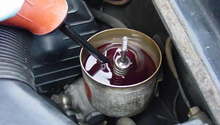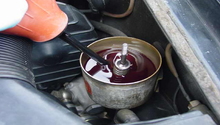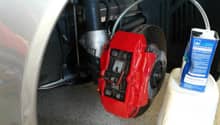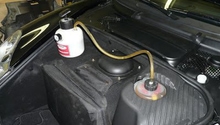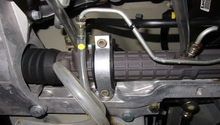Porsche 993: How to Bleed Power Steering Pump
You might have just performed a pump replacement or changed your steering rack. Just like any other hydraulic system, you must now bleed the system of any air so that it can operate correctly.
This article applies to the Porsche 993 (1993-1998).
The power steering system on a Porsche 993 is like most hydraulic systems, which means if there is air trapped inside of it, it isn't going to work correctly. Like most other hydraulic systems, any time you perform a repair or break a hydraulic line loose you must make sure you bleed any air out of it. Fortunately, it's a pretty simple and inexpensive task to perform.

Materials Needed
- Jack
- Jack stands
- Power steering fluid
- Funnel
Pro Tip
Remember that it is very important to identify the proper power steering fluid for your application. Not every power steering system from every manufacturer takes the same fluid.
Step 1 – Elevate the front wheels off the ground
Having the front wheels off the ground will make it easier to perform the bleeding process. It is not absolutely necessary, so if this isn't possible, don't worry about it. It will just make it easier when it comes to having to turn the wheel from lock to lock.
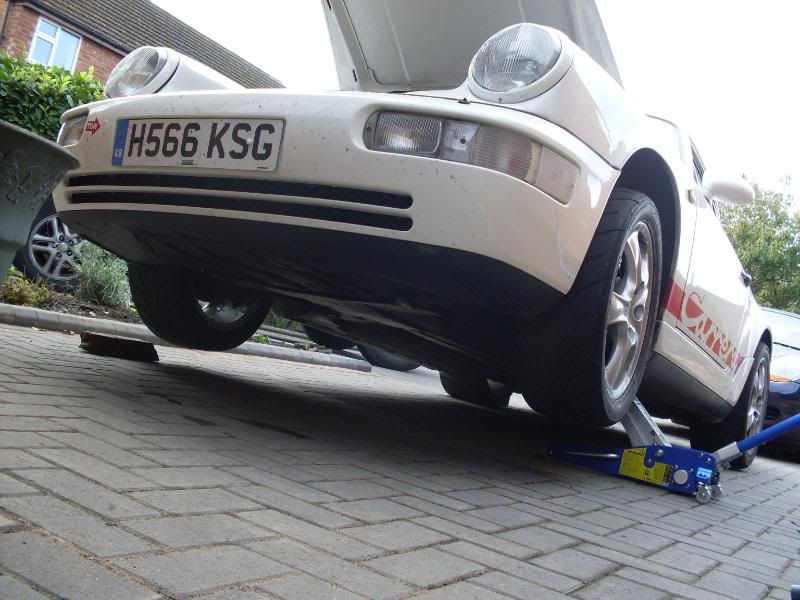
Step 2 – Locate the power steering reservoir
If you are familiar with your vehicle, this will be quite easy as it is next to where the oil filler cap is. After you have located the reservoir, remove the cap and leave it off. Check to make sure that it is filled with fluid up to the full line. During this process, it is very important to make sure that the reservoir never runs dry. If this happens, then you will have to start all over.

Step 3 – Start the engine
After starting the engine, double check the fluid level in the reservoir. If it requires fluid, add fluid until the level stays steady.
Step 4 – Turn the wheel from lock to lock
With the engine running, you will want to turn the wheel to the left until it stops, then to the right until it stops. Do this a number of different times. Doing this will work out any of the air that might be trapped inside the system. After each cycle of turns, keep checking the level of fluid in the reservoir to make sure that it stays full.
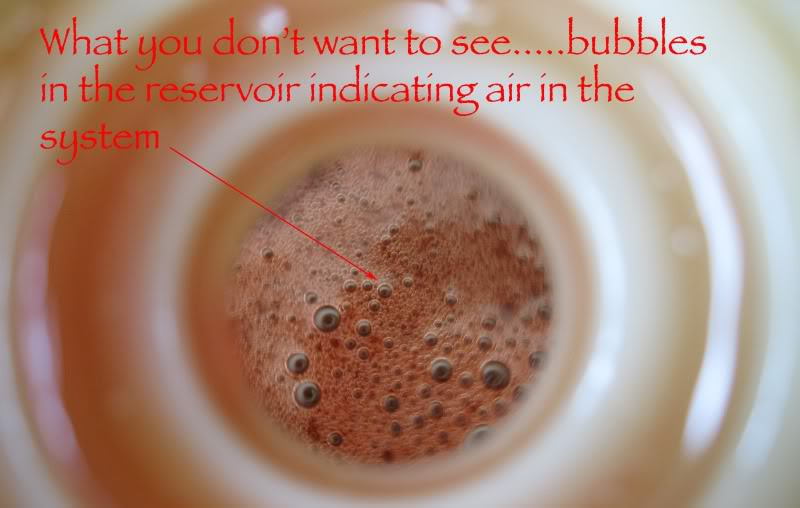
Pro Tip
This is where another person would come in handy. They can help keep an eye on the fluid level in the reservoir while you turn the wheel.
Step 5 – Place the cap back on the reservoir
Now you can place the cap back on the reservoir and lower the car back down on the ground if you've elevated it.
Step 6 – Test drive
After you perform the bleeding of the system, drive the car to ensure that the steering works at all speeds. If by any means it still feels like it's not working properly, perform the bleeding procedure again. If you are adding new fluid to a system and you know that there is still old fluid in the system and it doesn't feel like it's working correctly, it might be necessary to drain all the old fluid out, fill with new fluid, and complete the bleeding process again. Just like with most fluids, power steering fluid can lose its viscosity over time or become contaminated.

(Related Article: Porsche 993: How to Change Power Steering Fluid - Rennlist.com)
Related Discussion and Site
- Power Steering Fluid Drain and Flush - Rennlist.com
- 993 Steering Rack Replacement - Pelicanparts.com

